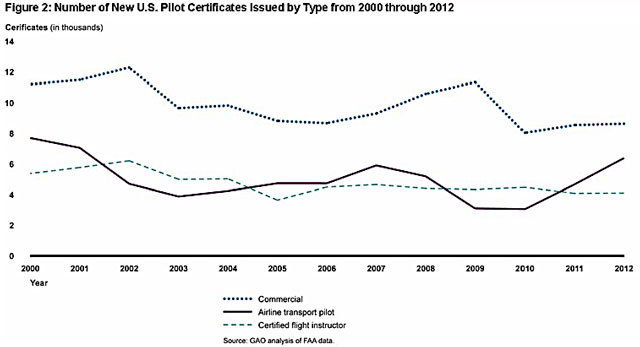GAO’s Physical Infrastructure Team
- Surface Transportation: Focusing on passenger and freight transportation safety and financing, reports have discussed mileage-based user fees, freight rail safety, rural and tribal transit, and natural gas pipeline integrity.
- Aviation Transportation: Reports have addressed the Next Generation Air Transportation System (NextGen), unmanned aircraft systems (often referred to as “drones”), and the aviation maintenance and pilot workforces.
- Postal Issues: These reports typically cover the U.S. Postal Service’s financial condition, benefits programs, and delivery system.
- Federal Properties: Work on federal properties has included security risk assessments, federal warehouse utilization, structure management, and deferred repair and maintenance.
- Telecommunications: We have issued reports on consumer-location data privacy, GPS disruptions that could affect critical infrastructure, financial support to rural broadband access providers, and requirements for wireless service licensees to build infrastructure and use their assigned spectrum.
- Special Topics: In 2014, these included U.S. coin inventory management, currency for the visually impaired, Arctic commercial maritime activities, and Recovery Act grant management.
Excerpted from GAO-14-232
To attract and retain qualified pilots, airlines we interviewed have increased recruiting efforts and developed partnerships with schools to provide incentives and clearer career paths for new pilots. Further, airline representatives and pilot schools suggested that the Federal Aviation Administration could do more to allow various kinds of flight experience to count toward the new commercial pilots’ flight-hours requirements. Our podcast further explores potential shortages:- Questions on the content of this post? Contact Phillip Herr at herrp@gao.gov.
- Comments on GAO’s WatchBlog? Contact blog@gao.gov.

GAO's mission is to provide Congress with fact-based, nonpartisan information that can help improve federal government performance and ensure accountability for the benefit of the American people. GAO launched its WatchBlog in January, 2014, as part of its continuing effort to reach its audiences—Congress and the American people—where they are currently looking for information.
The blog format allows GAO to provide a little more context about its work than it can offer on its other social media platforms. Posts will tie GAO work to current events and the news; show how GAO’s work is affecting agencies or legislation; highlight reports, testimonies, and issue areas where GAO does work; and provide information about GAO itself, among other things.
Please send any feedback on GAO's WatchBlog to blog@gao.gov.

